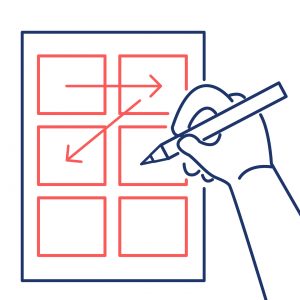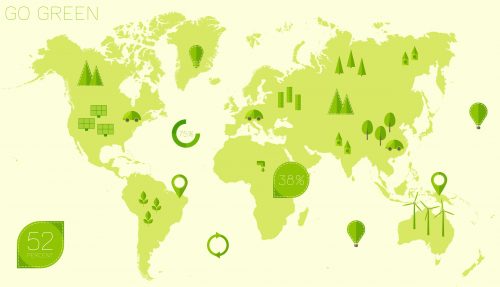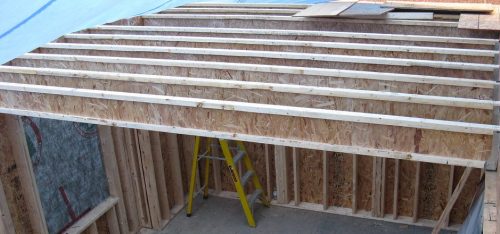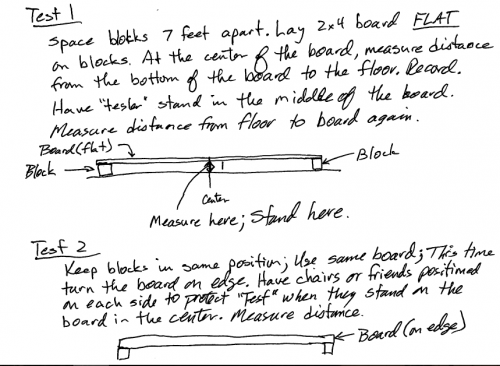The resources required to make everyday items come from the Earth and its natural cycles. It is our responsibility to practice smart purchasing and opt for products created from renewable resources. Trees are just one example of a versatile, diverse, and renewable resource that we all need. Trees clean the air we breathe and water we drink; provide shade and habitat for wildlife; protect soil from erosion; and produce beautiful fall colors and delicious food we eat. What are your favorite things made from trees?
These STEM Strategies are to accompany Activity 82, Resource-Go-Round, found in Project Learning Tree’s PreK-8 Environmental Education Activity Guide. Be sure to check out the full activity!
Essential Question: How is a tree product actually made?
Task: Create a video or other supporting visual that describes the process, from beginning to end, required to produce your favorite thing made from trees.
NGSS Connections:
- MS-PS1-3. Matter and Its Interactions – Gather and make sense of information to describe that synthetic materials come from natural resources and impact society.
- MS-LS2-3. Ecosystems: Interactions, Energy, and Dynamics – Develop a model to describe the cycling of matter and flow of energy among living and nonliving parts of an ecosystem.
- MS-ESS2-1. Earth’s Systems – Develop a model to describe the cycling of Earth’s materials and the flow of energy that drives this process.
STEM Strategies
Science
Research your favorite product made from trees. Begin with a simple internet search but remember that not all websites provide accurate information. Read, study, and compare information from several websites before trusting any single source. Two great resources to get started include:
- USDA Forest Service, Forest Products Laboratory
- International Society of Wood Science and Technology
Continue your search until you are comfortable with the new knowledge you have collected. Familiarize yourself with the process enough so that you can explain to your best friend the ins and outs of what it takes to make your favorite tree product. (Need inspiration? Think about items you use every day (toilet paper, tape, matches) or special things you enjoy (a specific tea or notebook) and go from there!)
Technology

Instead of words on paper, use Technology to translate your process into a video or interactive map! Even simple videos begin with the creation of a storyboard outline. The storyboard is a visual outline of your entire video. After a storyboard is complete, video shooting can begin. We recommend that you begin filming using your smartphone.
It is important to review essential filming skills, such as:
- How to hold your smartphone to achieve optimal video quality.
- Develop your skills as a videographer – the person behind the camera.
- After all of your video footage is captured, video editing can commence.
Editing is a time-consuming task, but by starting with a fully developed storyboard, you should have all the pieces of your video, and the editing phase is where you put all the pieces together to create your full-length feature. When you’re done, be sure to celebrate with friends, family, or classmates with a viewing on a big screen!
If making a video is not your cup of tea, consider making an interactive map using this tutorial. Be sure to take time to think about how you might organize your map, using the same storyboard approach used for videos (detailed above).

Engineering
Today’s engineered wood products can be stronger and more stable than solid wood products. One example of an engineered wood product is the I-joist. Joists are used for building the structural base for the floors and ceilings of buildings and homes. Different engineered wood products are used throughout the construction of a house.

Conduct your own engineering test with a few simple materials to observe the physics of wood:
- Two 4-6” high blocks (bricks, blocks of wood, etc.)
- One 2” x 4”x 8’ board (the fewer knots, the better)
- Two stabilizers (chairs or friends)
- One 12” ruler

Math
Conduct an inventory of wood products you encounter (or use) in a single day. This list might include paper plates, toilet paper, paper towels, books/magazines, ink pens, ice cream, and many others. Use this list of wood products to help identify the wood products you use every day. Create a table of the inventoried items and think about your dependency on these items. How many, if any, would be willing to give up for a day, week, month, year, forever—or never? Learn about myths surrounding the use of paper and print materials.

Additional Resources
Don’t have PLT’s PreK-8 Environmental Education Activity Guide?
- Purchase a print guide or e-book, available from PLT.org, Amazon and other places where books are sold.
- Get it through your PLT State Coordinator along with hands-on professional development, alignments to state standards and other state-specific supporting resources.
Don’t consider yourself a formal teacher?
- Check out PLT’s Nature Activities for Families. We have 40+ nature activities for families that can be easily used by parents, grandparents, youth group leaders, nature centers, and other nonformal programs.


